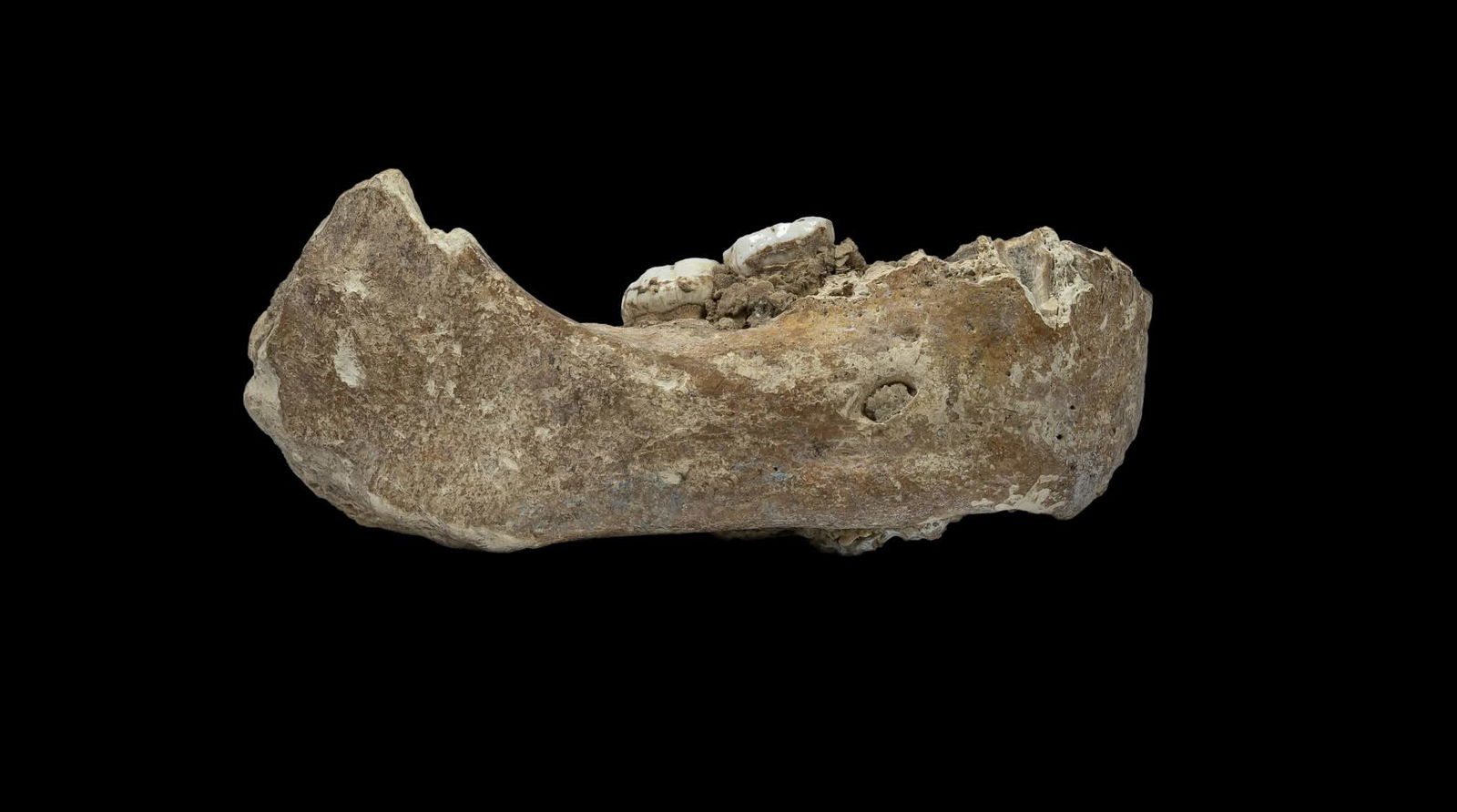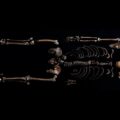New data is revealing deeper insights into how ancient humans interbred with Denisovans, a mysterious, now-extinct hominin group, in a series of distinct events that significantly shaped our early history.
The new findings, reported by scientists with Trinity College Dublin’s School of Genetics and Microbiology, point to several successive interbreeding events between early modern humans and Denisovans, the most recent addition to the ancient human family uncovered by archaeologists, who passed their genes along to our ancestors.
Unraveling the Mysteries of a Lost Species
Similar to the Neanderthals, which also interbred with early modern humans during the Pleistocene, Denisovans were robust hominins that lived from Southeast Asia to Siberia during the Upper Paleolithic period.
Although distinct from both Neanderthals and homo sapiens, genetic evidence has already shown that Denisovans interbred with both groups, following the successful sequencing of a genome obtained from a tiny fossil fragment of a finger recovered during excavations at Denisova cave in Siberia.
The discovery, according to Linda Ongaro, Ph.D, was “one of the most exciting discoveries in human evolution in the last decade,” noting that persistence of the once-accepted notion that modern humans, rather than drawing from a complex genetic pool sourced from multiple different archaic human species, “evolved suddenly and neatly from one common ancestor.”
On the contrary, Ongaro, a Trinity College of Genetics and Microbiology postdoctoral researcher, says, “the more we learn the more we realize interbreeding with different hominins occurred and helped to shape the people we are today.”
Data on Denisovans from Modern Humans
Although the new data supports existing evidence of past interactions between early modern humans and their archaic hominin cousins, incorporating data about Denisovans has presented its unique challenges, primarily based on how few Denisovan remains have been found compared to Neanderthals.
“Unlike Neanderthal remains, the Denisovan fossil record consists of only that finger bone, a jawbone, teeth, and skull fragments,” Ongaro said in a recent statement. “But by leveraging the surviving Denisovan segments in Modern Human genomes, scientists have uncovered evidence of at least three past events whereby genes from distinct Denisovan populations made their way into the genetic signatures of modern humans.”
According to Ongaro and the Trinity team, these ancient interbreeding events appear to show connections to the genetic line of the famous “first” Denisovan, whose genome led to the species’ discovery. However, these connections are different at each level, revealing a more complicated relationship between the various lineages that have been unearthed from the genetic data.
Multiple Ancient Denisovan Populations
The new findings, detailed in recent research published by Ongaro and Prof. Emilia Huerta-Sanchez, point to multiple different populations of Denisovans, each with distinct adaptations to environments within their shared geographical range throughout parts of the ancient world.
Even beyond the period and range in which Denisovans once thrived before their extinction, the genetic material they shared with early modern human populations would eventually make its way to the Americas several tens of thousands of years later during early migrations into North and South America. As a result, recent studies have also revealed a surprisingly strong Denisovan genetic signal in data collected from South American groups in Uruguay and Panama.
These Denisovan genes carried by modern humans also gave them distinct advantages in many instances, providing the descendants of these ancient interbreeding events with unique adaptations well-suited for living in what were often harsh environments.
“Among these is a genetic locus that confers a tolerance to hypoxia, or low oxygen conditions,” Ongaro said.
“[This] makes a lot of sense, as it is seen in Tibetan populations,” Ongaro added, pointing to “multiple genes that confer heightened immunity” amid others that affect the metabolism of lipids that would have offered early humans an ability to stay warm in much colder climates, which she says “confers an advantage to Inuit populations in the Arctic.”
The Enduring Enigma of the Denisovans
Ongaro and her colleagues hope to pursue additional research into these areas in the future. She says this will “help us tell a more complete story of how the Denisovans impacted modern-day humans, including more detailed genetic analyses in understudied populations, which could reveal currently hidden traces of Denisovan ancestry.”
Still, Ongaro says that retrieving genetic information from existing human populations to help unravel the lingering mysteries about the Denisovans has its limits; ultimately, nothing would prove as useful to future research regarding our extinct hominin cousins and the interbreeding events they shared with ancient humans than to find more fossil evidence.
“Additionally, integrating more genetic data with archaeological information—if we can find more Denisovan fossils—would certainly fill in a few more gaps,” Ongaro said.
Ongaro and Huerta-Sanchez’s recent study, “A history of multiple Denisovan introgression events in modern humans,” was published earlier this month in Nature Genetics and can be read online.
Micah Hanks is the Editor-in-Chief and Co-Founder of The Debrief. He can be reached by email at micah@thedebrief.org. Follow his work at micahhanks.com and on X: @MicahHanks.

